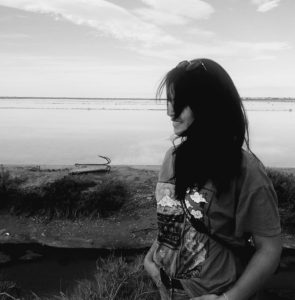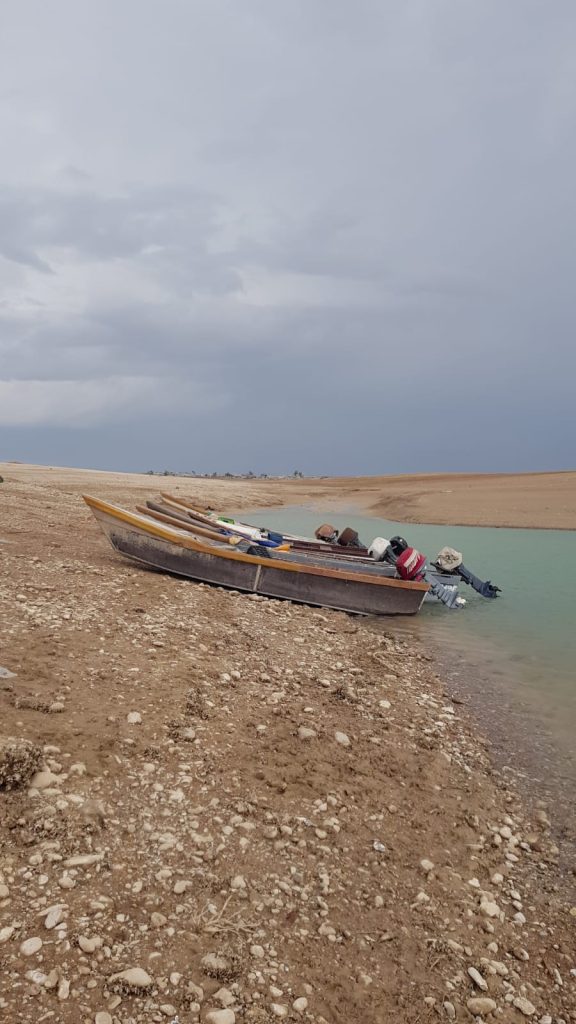

I am a Cultural & Social Anthropologist with a focus on ENVIRONMENT in the EUPHRATES – TIGRIS river basin and its INHABITANTS. ECOLOGY, WATER, RIVER, FLOODS and DROUGHT in the one hand and CRISIS and POLITICs in the other hand are completing my focus.
Click here for more information about my academic background.

About my person
Together with my family I migrated from Turkey in the 90s to Germany – a time when the political repression against minorities was strong.
My family had gone through an internal migration. They Migrated From Kurdish populated AgÎri [near the mountain Ararat and from the spring of the River Murat] to the west part of turkey. So being on the move like the rivers is nothing new – not for me and also not for the Kurds – who keep moving from their home place in waves of migration. From this point also comes my motivation and the cosmopolitan attitude comes to network for a secure environment for marginalized populations. Both in the academy and volunteer..
In My Childhood – learning collectively, creatively and sharing this with others became my everyday life.
Later in adulthood, actively sharing knowledge – especially environmental knowledge – with women especially became a major part of my daily life. Networking against vulnerabilities continued to be my commitment.
Especially as a kurdish young women in the diaspora.

My Ph.D. project and the complementary digital project WASSERTURM.org examines escalating risks and ways of crisis prevention related to water security in the Euphrates-Tigris region. By following the river basin of Euphrates and Tigris it focuses on the challenges and grievances of the population in North-Eastern Syria and Northern Iraq.
The cross-border river basin of Euphrates and Tigris extends geographically from the Taurus Mountains in eastern Turkey to the Persian Gulf. The ancient area of Mesopotamia includes some of the oldest sites of human civilization. Even today it is still a key region of the Middle East ‒ threatened by war, environmental disasters, and profound crises in water supply. Most parts of Mesopotamia are semi-arid and arid regions that can’t rely on regular sufficient rainfalls and are dependent on transboundary rivers like Euphrates and Tigris. As a consequence of climate change and growing population per capita water supply is diminished.
Both projects incorporates the fields of political and environmental anthropology and geography.